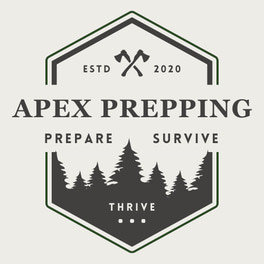Firecraft
Firecraft skills are essential for survival in the wilderness and can be used for cooking, staying warm, signaling for help, and more. Here is a list of firecraft skills:
Fire Starting Methods
Firesteel and Flint: Striking a piece of steel against flint to create sparks that ignite tinder.
Ferrocerium Rod (Ferro Rod): Scraping a ferrocerium rod with a striker to produce sparks.
Solar: Using sunlight and a magnifying glass or other lens to focus heat on tinder.
Electric Sparkers: Using a battery and steel wool or a small electronic igniter.
Tinder Preparation
Natural Tinder: Materials like dry leaves, grass, pine needles, and shredded bark.
Commercial Tinder: Compact, easy-to-ignite materials like cotton balls coated with petroleum jelly.
Feather Sticks: Thinly shaved sticks to catch sparks or embers.
Charcloth: Fabric or cloth charred in a fire, which easily catches sparks.
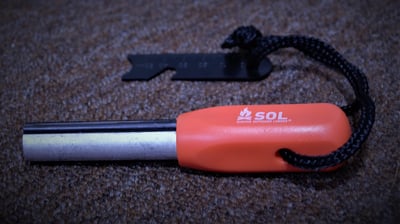

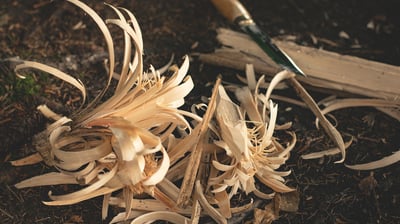

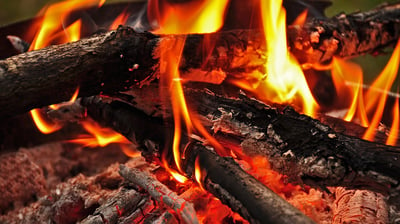

Fire Lay and Structure
Teepee Fire: A cone-shaped fire structure for quickly generating heat.
Log Cabin Fire: A square or rectangular fire structure with a built-in air gap.
Lean-to Fire: A fire built against a large log or rock to reflect heat.
Dakota Fire Hole: A dugout fire pit with a tunnel for efficient oxygen supply.
Platform Fire: Elevating the fire on a platform of logs to keep it off wet ground.
Fire Starting Techniques
Bow Drill: Using a bow to spin a wooden spindle against a fireboard to create friction and generate an ember.
Fire Plough: Scraping a dry piece of wood along a groove in a drier wooden base to create friction and generate heat.
Fire Piston: Compressing air rapidly in a sealed chamber to ignite tinder through heat and pressure.
Fire Starter Kit: Using a kit with multiple fire-starting tools and methods for versatility.
Fire Maintenance
Adding Fuel: Gradually feeding the fire with progressively larger sticks and logs.
Firewood Processing: Cutting and splitting firewood into manageable sizes.
Ember Management: Keeping a bed of embers for easy fire rekindling.
Fire Poker and Tongs: Tools for adjusting logs and moving burning materials safely.
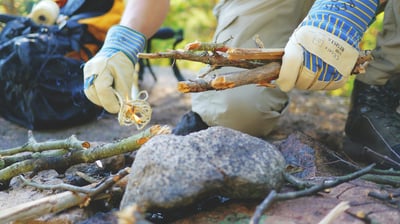

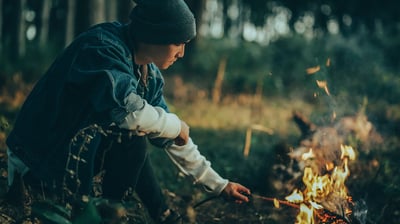

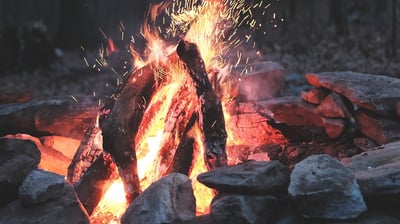

Fire Safety
Clearing a Fire Ring: Removing flammable materials around the fire.
Fire Extinguishing: Properly extinguishing a fire when done.
Fire Shelter: Building a protective barrier to redirect heat or smoke.
Emergency Fire Signals:
Smoke Signals: Creating signals with smoke to alert rescuers.
Reflective Signals: Using mirrors or other reflective materials to signal for help.
Flare Signals: Using flares or other pyrotechnics for signaling.
Weather Considerations:
Rain and Wet Conditions: Techniques for starting a fire in wet conditions.
Wind Management: Shielding the fire from strong winds.
Snow and Cold: Methods for keeping the fire going in cold environments.
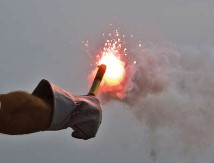



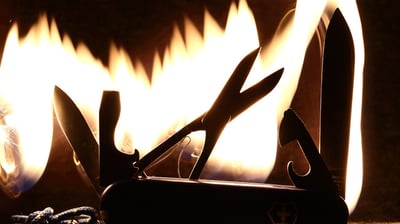

Firecraft Tools:
Knife: Essential for processing tinder and fuelwood.
Firestarter: Such as a firesteel or ferro rod.
Tinderbox or Fire Kit: A container with various fire-starting materials.
Fire-Resistant Gloves: Protecting hands when dealing with flames and hot materials.
